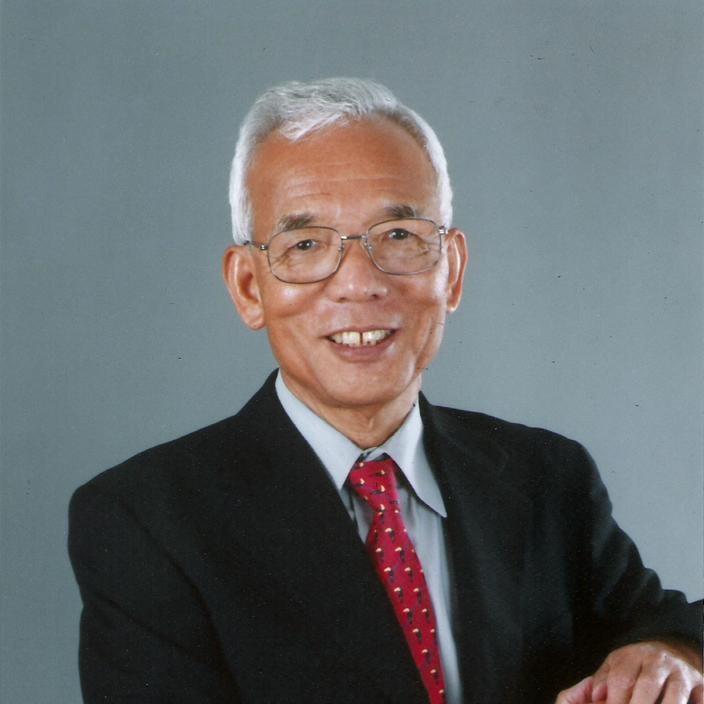
Mark Twain is generally credited with the sage observation that while everybody talks about the weather, nobody does anything about it. Back in the 19th Century, it was nothing more than a wry quip: after all, what could anyone possibly do about the weather? But now in the 21st century, as increasingly unstable weather sweeps our planet, it's becoming clear that our activities have not only influenced the global climate that drives our weather, but that we must do something about it. One of the voices chiefly responsible for sounding that critical warning is Syukuro Manabe. By creating the first practical models of the Earth's climate and its workings, Manabe has immeasurably increased both our understanding of our planet and our awareness of the grave environmental consequences of unrestrained human activity.
After earning his Ph.D. from the University of Tokyo in 1958, Manabe came to the United States to take a job as a young meteorologist with the U.S. Weather Bureau, later the National Oceanic and Atmospheric Administration (NOAA). He soon became involved in the nascent efforts to develop mathematical models of weather patterns and long-term climatic trends, a complex mathematical task that only the recent advent of advanced computers had made feasible.
In collaboration with Joseph Smagorinsky (who received the 2003 Benjamin Franklin Medal with Norman Phillips) and colleagues at the Weather Bureau's General Circulation Research Section (later renamed the Geophysical Fluid Dynamics Laboratory or GFDL), Manabe developed the first workable models of the Earth's climate, known as General Circulation Models (GCM). For the first time, it was possible to take into account the complex interactions between the atmosphere and the oceans, including the dynamics of radiative heat transfer and carbon dioxide levels in driving global climate. A simplified model of Earth’s climate, which was introduced in a seminal 1967 paper published in the Journal of Atmospheric Sciences, was quickly recognized as a major breakthrough in geophysics and meteorology. It showed that a doubling of atmospheric CO2 levels would result in an overall warming of the Earth by about 2 degrees Celsius, an amount the international community later agreed on as an upper threshold beyond which climate change risks become unacceptably high.
Manabe continued to expand upon GCMs, detailing the role of carbon dioxide in the Earth's climate and how ever-growing amounts of it contribute not only to increasing global temperatures and ocean acidity, but rising sea levels and changing precipitation patterns as well. This work culminated in the publication of another landmark paper in 1975, which refined the earlier models by representing additional elements of the atmosphere-land-ocean climate system, and demonstrated an even higher rate of global warming given increasing atmospheric CO2. His work clearly and painstakingly details how the interacting mechanisms of radiative transfer/convection, water vapor concentrations and cloud cover, and snow/ice melting contribute to create a vicious cycle driving global warming and climate change.
As more and better meteorological and climate data have continued to be amassed in the decades since Manabe's earlier work, his conclusions have been not merely vindicated but given additional force. Newer climate models, such as those that formed the basis of recent Intergovernmental Panel on Climate Change (IPCC) reports, reinforce the warnings that Dr. Manabe first articulated more than 40 years ago. The fact that his work has withstood the test of time and the most rigorous scrutiny both from colleagues and from those who might prefer to reach different conclusions about climate change is perhaps the best evidence of his preeminence in his field.
Syukuro Manabe's achievements have been widely recognized by a broad range of awards, honorary degrees, and other honors, including the Bowie Medal of the American Geophysical Union, the Gold Medal Award from the U.S. Department of Commerce, and election to the National Academy of Sciences. Aside from a long-term position as a professor at Princeton University, which began when the GFDL moved there in 1968, he has held visiting professorships at Tokyo University and Nagoya University. The many students he has mentored and inspired now comprise the vanguard of the climate scientists and researchers who are tirelessly warning the world's governments of the threat of climate change.
In the course of their careers, many scientists manage to make exciting and important discoveries and developments, contributing to the betterment and welfare of humanity. But Syukuro Manabe is in an entirely different class. Through his career and scientific work, he has made humanity aware of a danger that threatens our families, continued prosperity, and future generations, and by explaining its workings, he has also pointed the way to doing something about it, despite Mark Twain's words. Perhaps no scientist could do more for science and for civilization itself.
Information as of April 2015

